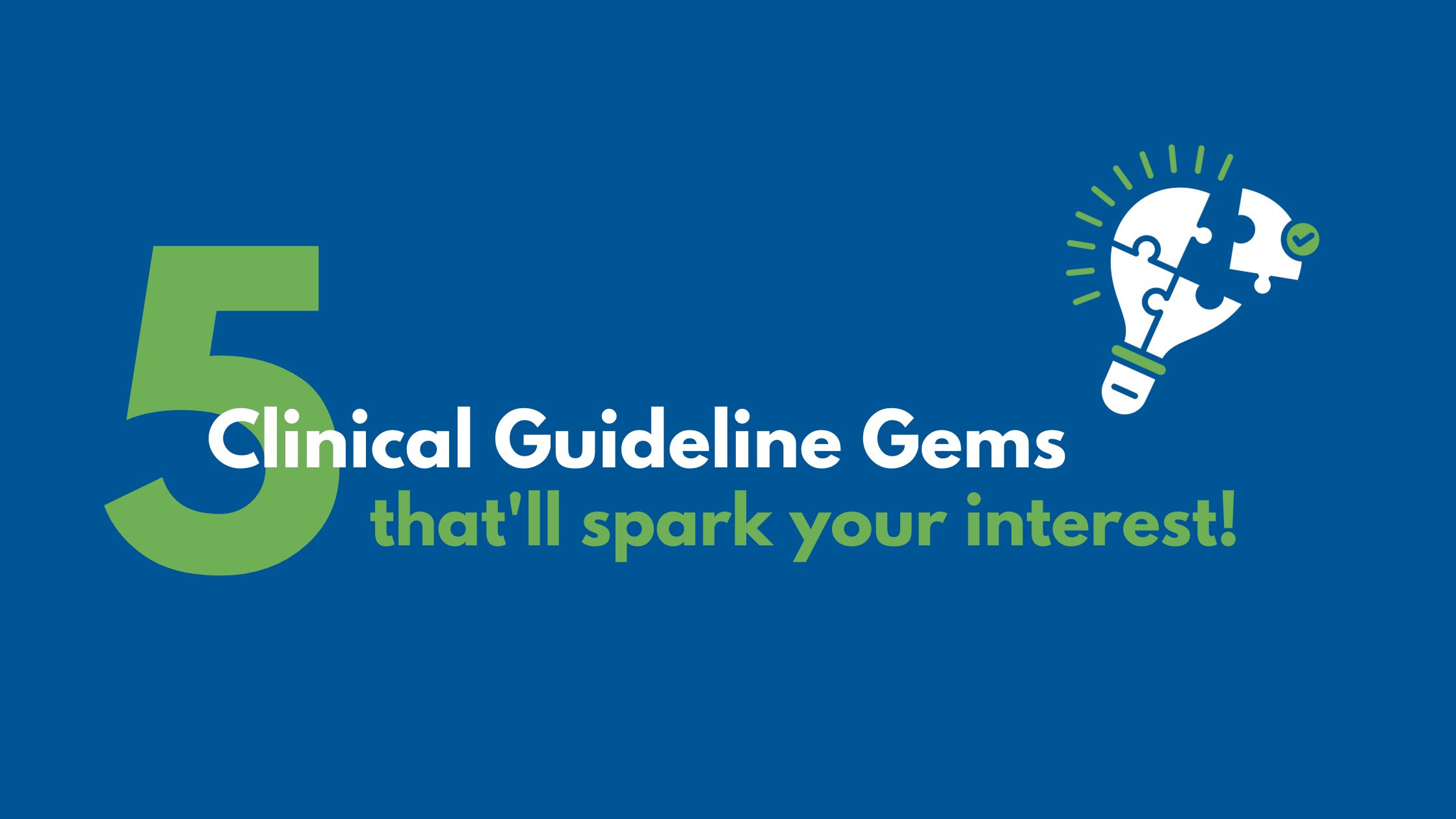
Having trained in family medicine, I used to explain my profession to patients as having medical knowledge that was a mile wide and an inch deep (as the saying goes). There is not enough time in the world for any singular physician to know everything and to know it well. If you are part of any of the physician social media groups, you are particularly aware that rashes stump many of us.
One of the reasons I enjoy reading guidelines is learning information that may be commonly known in a certain specialty but may not be common knowledge to the rest of us. Below is a compilation of 5 clinical guideline gems from different societies that I thought were both quick to read and interesting.
Many of us see that common penicillin allergy alert in our EMR and we ask the patient, “What symptoms did you have after taking penicillin?” Frequently we hear something to the effect of, “When I was a baby I had a reaction to penicillin and my mom was told not to give me penicillin anymore.” Obviously, we know that allergies are very real, but we also know that for some people a possible reaction does not always equal a true allergy or anaphylaxis. It is interesting that although we see in the EMR a decent amount of childhood allergies to medications, it is not even in the top two of childhood triggers for anaphylaxis.
Frankly, I included this because I was surprised when I read it. This is an important point to counsel patients on, as I’m sure our neurology friends are already aware.
In medical school, teratogens are hammered into us every year and are common exam questions. Drugs such as thalidomide and diethylstilbestrol are almost ingrained into us as a large red stop sign. Therefore, I thought it was interesting to learn that some immunosuppressive agents are recommended to be continued for oocyte/embryo cryopreservation since they do not directly impact maturing follicles like cyclophosphamide does.
For those of us who struggled to keep straight the Rinné and Weber tests and other ENT classics, this one’s for you. I have a remote history of BPPV, and although mine was thankfully short-lived due to a co-resident who watched a YouTube video and performed the Dix-Hallpike maneuver, it was one of the craziest sensations. I would sit up from a supine position and suddenly I could not tell which way was up. I was surprised to learn (or perhaps re-remember from medical school) that the vertigo of Ménière’s disease can last up to 24 hours.
Pregnant and lactating patients are often treated with an abundance of caution, but sometimes advice can veer into the land of unnecessary precautions. Examples include having to “pump and dump” milk even if medications are compatible with breastfeeding or having trouble scheduling a needed mammogram because the patient reported she was breastfeeding. This particular guideline was interesting in that not only can a postpartum woman continue to breastfeed after contrast, but also <1% of contrast is absorbed by the infant.
Staying curious about science and medicine is one of my favorite traits in fellow physicians. Although I’m sure the above gems did not revolutionize your world, I hope it kept you at least mildly curious.
Authored by:
Dr. Asha Anne D.O.Clinical Content Coordinator at Guideline Central
Copyright © 2022 Guideline Central, All rights reserved.